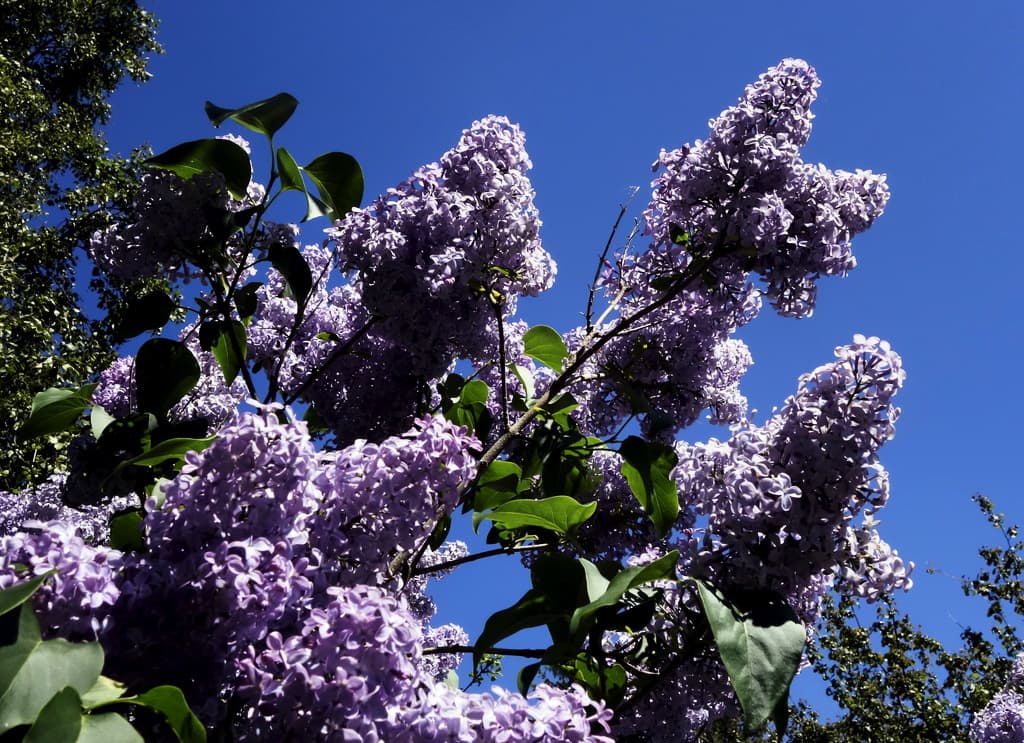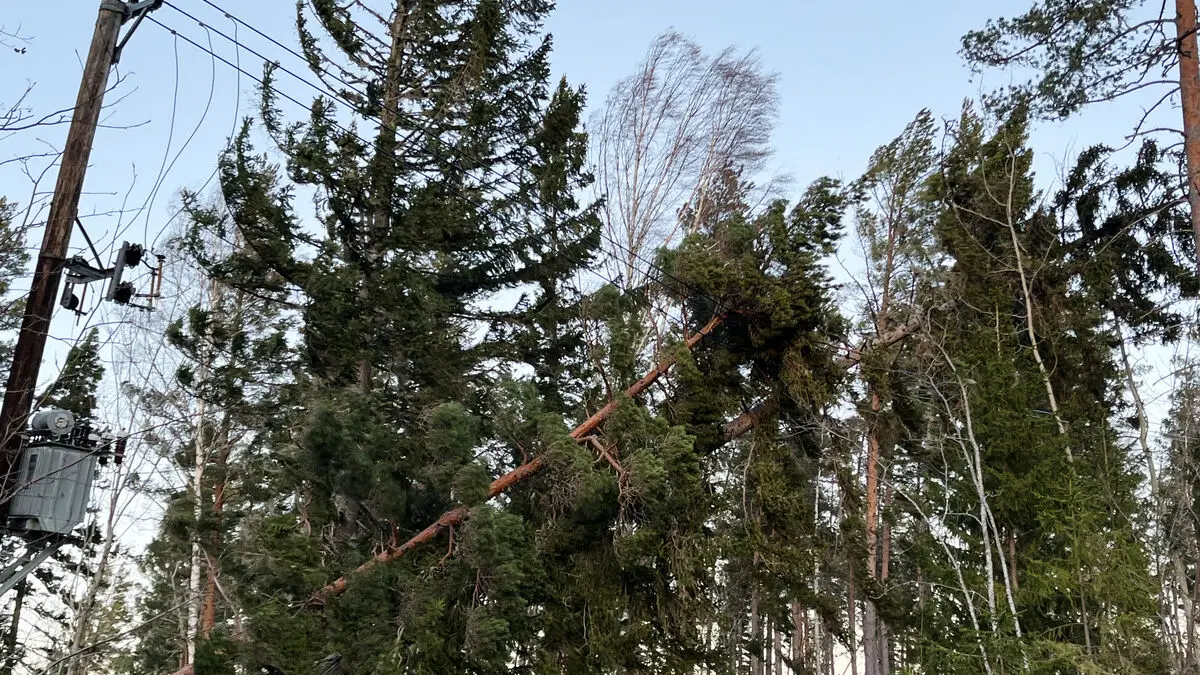The light-lilac is one of our most common and perhaps most luck-bringing bushes – now also described as invasive.
In Lilac blooming times, reports spread that the bond Lilac, would be invasive – also this year. But how is that?
Is the Lilac invasive?
Yes. In the Artdatabanken on the Swedish University of Agricultural Sciences (SLU), the risk of the unmodified Lilac becoming invasive is classified as "very high". Its invasion potential and ecological impact are at the same level as, for example, the blooming lupine.
Why is the Lilac invasive?
In Skåne, the Lilacs began to spread in the 1990s instead of just through root cuttings. The milder climate has allowed the frozen plants to establish themselves and become strong enough to survive a first winter, now as far north as southern Dalarna, reports Mora Aronsson. The syren forms dense bushes that "shade out" other vegetation on the ground. But the problems posed by the different invasive species vary greatly.
What can be done?
Unlike, for example, Japanese Knotweed, ivy, and blooming lupine, the Lilac is not on the list of invasive species compiled by the Swedish Environmental Protection Agency and the Swedish Agency for Marine and Water Management. The list has been submitted to the government, which will make a decision on which plants will be regulated. According to Mora Aronsson, it is unlikely that the Lilac will end up on the list.
How should private individuals think?
Has the Lilac become a problem?
He emphasizes that no one needs to get rid of their Lilacs.





